- Home
Welcome !
Welcome to john houghton's home page for his biology courses. This site is designed as a hub for curating and sharing lectures, course syllabi, assignments, and links to relevant resources. Use the menu bar at the top of the screen to navigate through the site.
(Please note: this page is currently under construction.)

- BIOL 2107
Fall '22 CRN87989
Lectures: (1)
- Courses
- Resources
General Resources

Haploid (1n)_Diploid (2n) Life Cycles -MOVIE
The Prokaryotes - Review: In addition to the larger variations between overtly different bacterial survival "strategies", even small changes in these strategies among similar species or genera of bacteria can often result in rather diverse gene complements within their respective genomes.
Despite some of these overt structural, genetic and functional differences that have allowed each to adopt a slightly different approach to survival..... there are some inherant, fundamental similarities. Such fundamentals include specific aspects of their genetic makeup: the central dogma. They can also include specific refinements in how they all control expression of their genes. Such refinements are not only in the classic mode of response regulation, but also include a developing complexity of "temporal" gene expression.
Yes, bacteria do have life cycles,, and, therefore, do need to coordinate expression of their genes accordingly. They can transfer DNA from one bacterium to the next....via conjugation, transformation and transduction (phage).
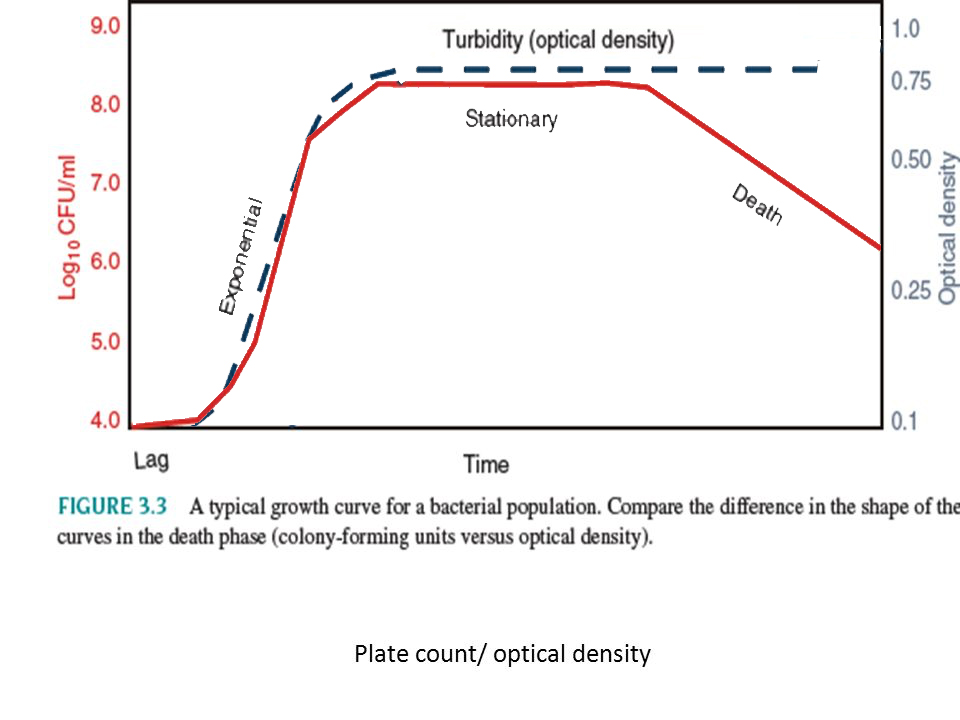

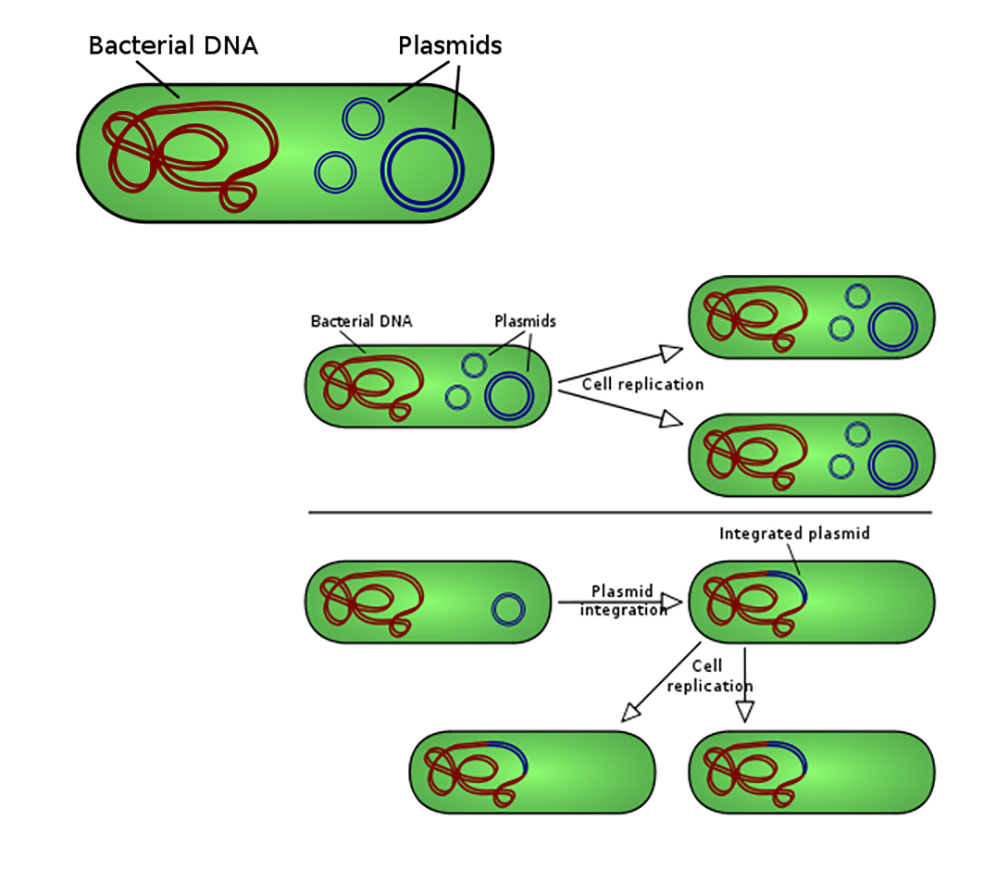
You will notice that bacteria do have different sizes of DNA molecules within their "single cell". A single, "circular" chromosome and additional, much smaller circular DNA structures, which can be relataively easily transfereed from one organism to the next. Bacteria do have life cycles,, and, therefore, do need to coordinate expression of their genes accordingly. They can transfer DNA from one bacterium to the next....via conjugation, transformation and transduction (phage).
Moreover, contrary to the Websters' Dictionary definition they can also be multicellular
Fundamentally, therefore all prokaryotes are, in effect,"mortal", cell reproduction or replacement is a universal parameter of living organisms.
All reproduction involves reproduction signals, DNA replication, segregation of DNA, and cytokinesis.
Gram -ve vs. Gram +ves.

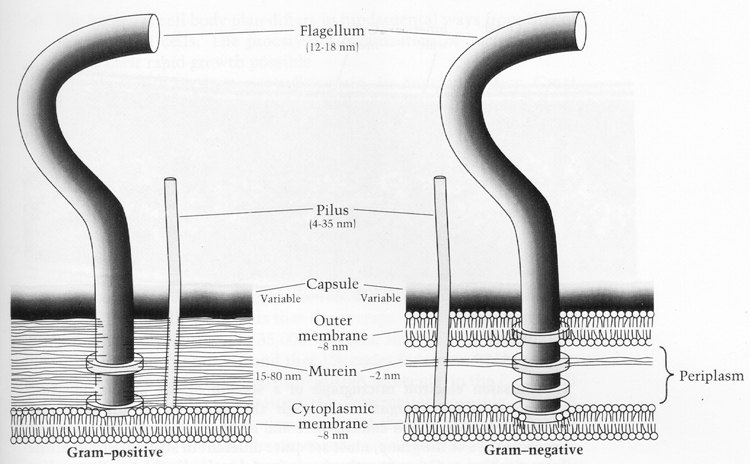
.thmb.jpg)
.thmb.jpg)
Bacterial Genetics.
What is the "Central Dogma" and how does it apply to prokaryotes?
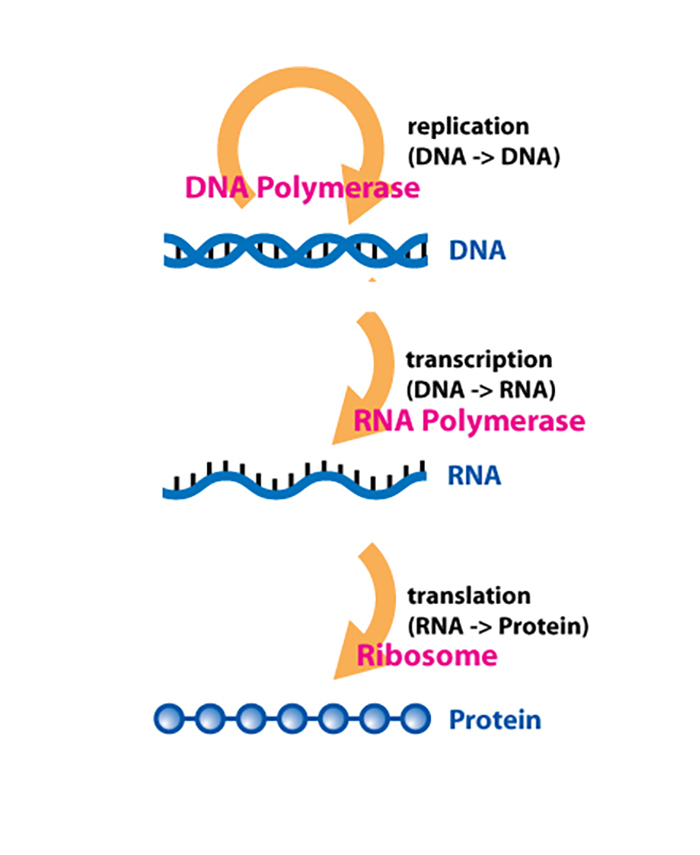
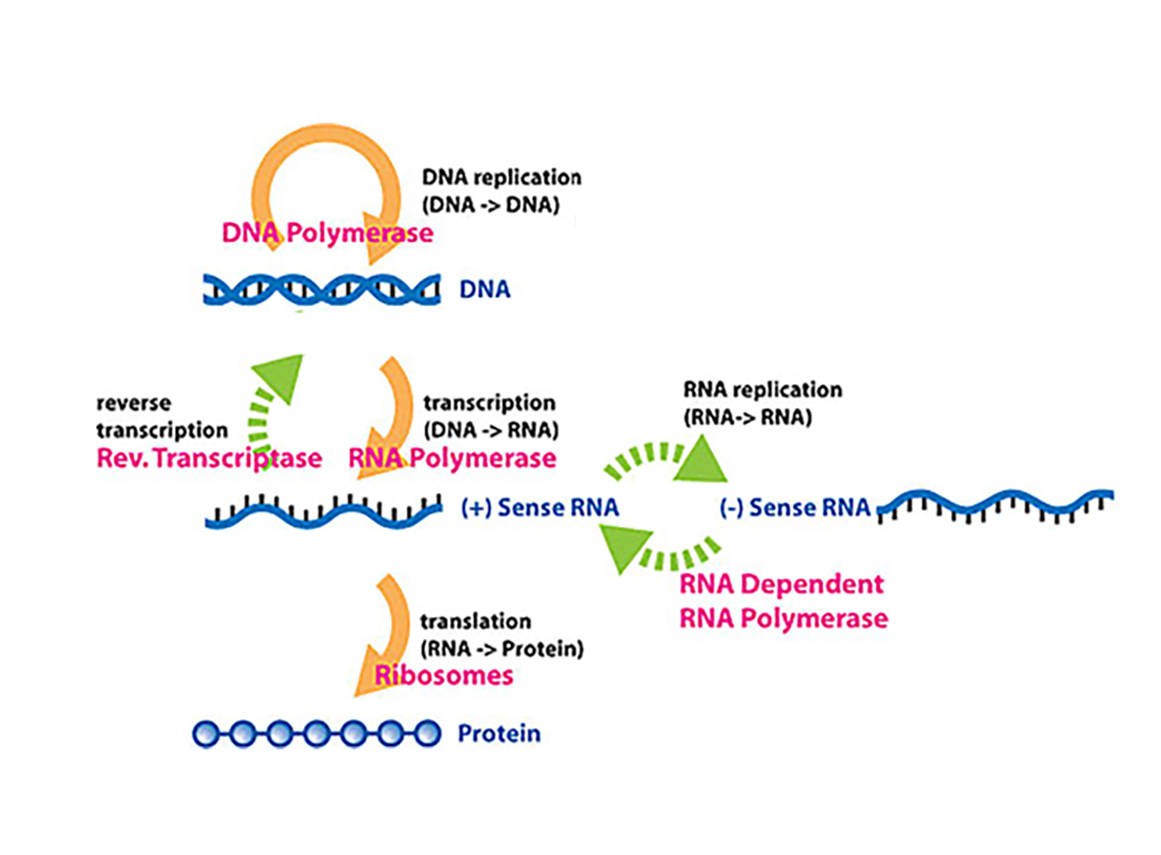
Prokaryotes generally have just one circular chromosome.
The E. coli chromosome is ~1.6 x10-4 meters in diameter, making the unfolded circle 100 times greater than the size of the cell.

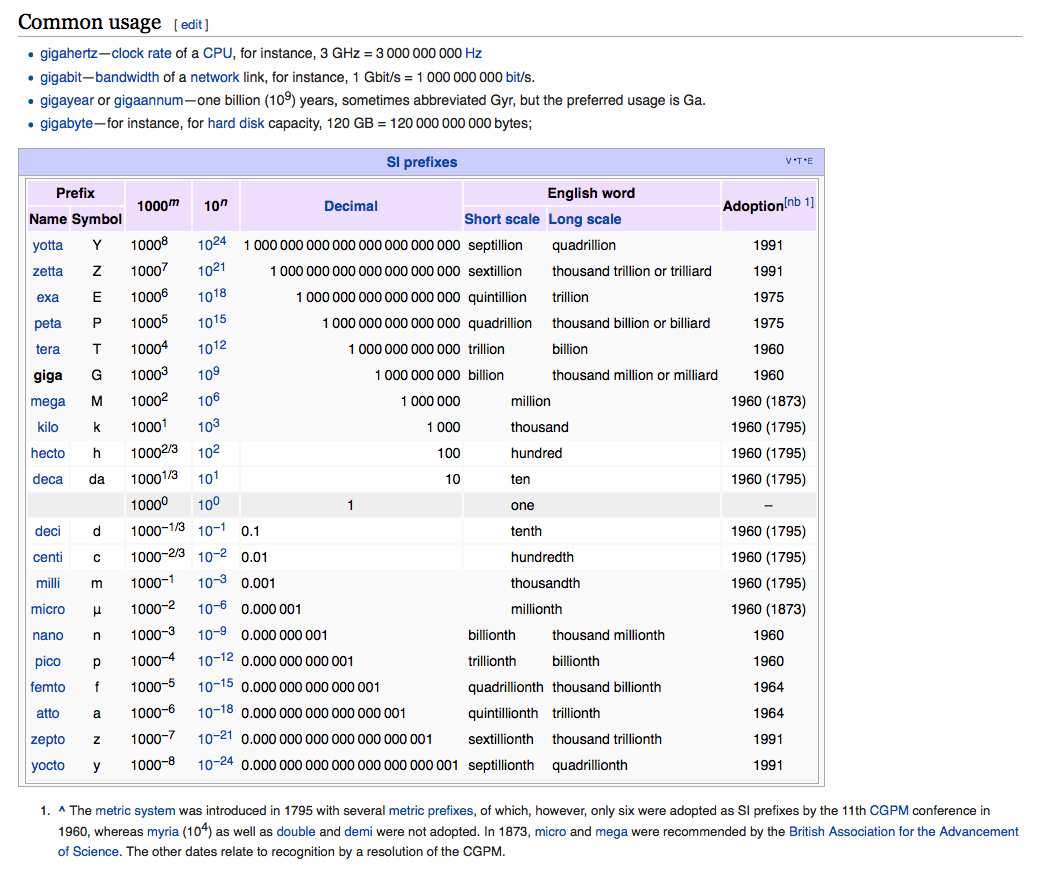
The singular, circular chromosomal molecule is packaged by folding in on itself with the aid of basic proteins that associate with the acidic DNA.
What is the function of this DNA?
The "Central Dogma" and how it applies to Prokaryotes and Eukaryotes?

While the central dogma is essentially the same for eukarotes, as for prokaryotes, the far more complex cellular plan of Eukaryotic cells promotes the idea of compartmentalization, resulting in the formation of membrane-bound organelles within each cellular unit, this in addition to the one "defining" organelle, the nucleus. See also subsequent lectures on "Cell structure".
The term "Eukaryote" refers to any of the single-celled or multicellular organisms whose cells contains a distinct, membrane-bound nucleus. the term referencese organisms withi the remaining kingdoms; animals, plants, fungi, and protists all of which comprise cells that are organized into compartmentalized structures called organelles, such as mitochondria, chloroplast, Golgi bodies, and (of coures) the nucleus. Eukaryotes can be mono or multicellular organisms, often have unique flagella made of microtubules in a 9+2 arrangement.
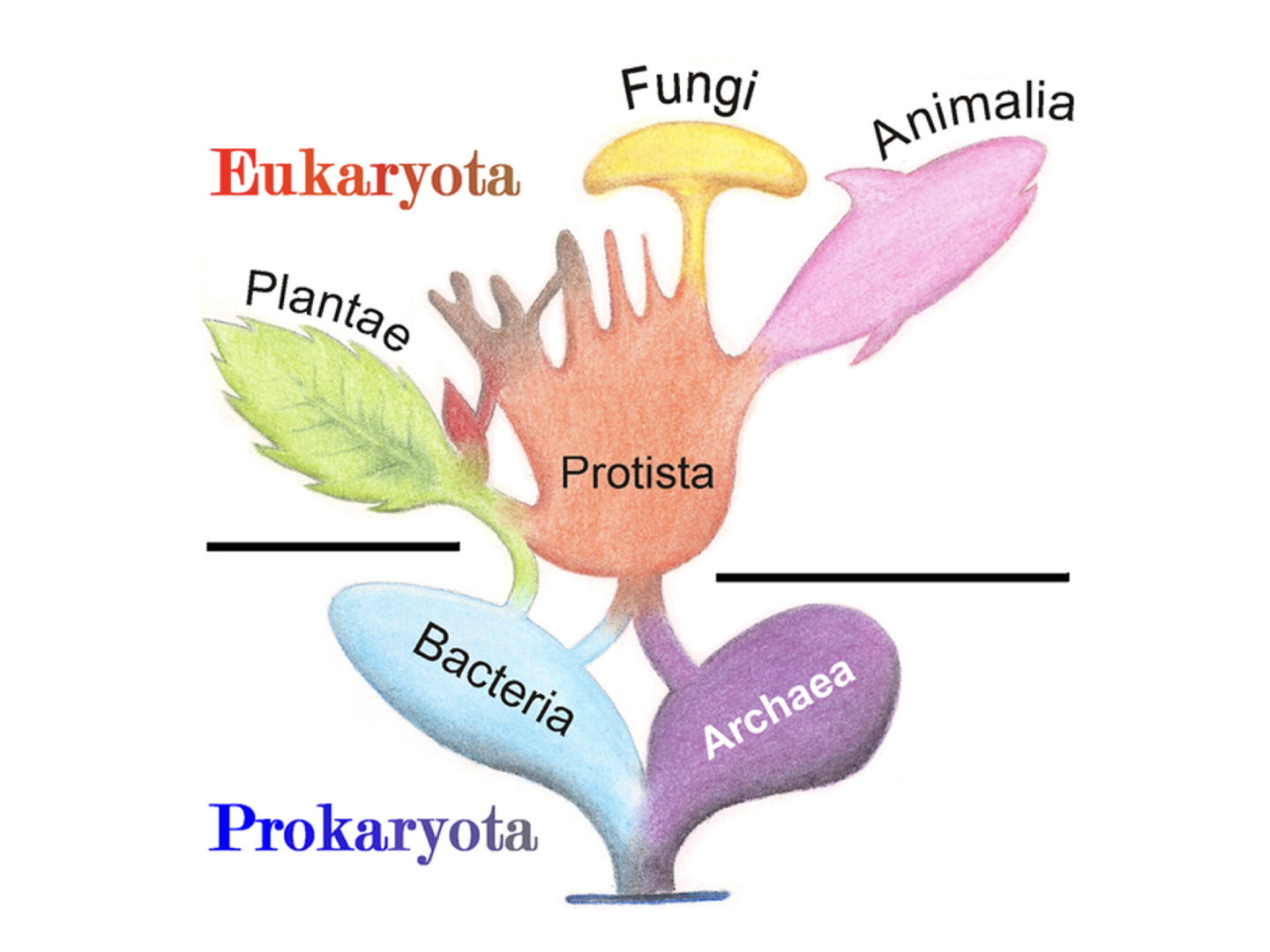


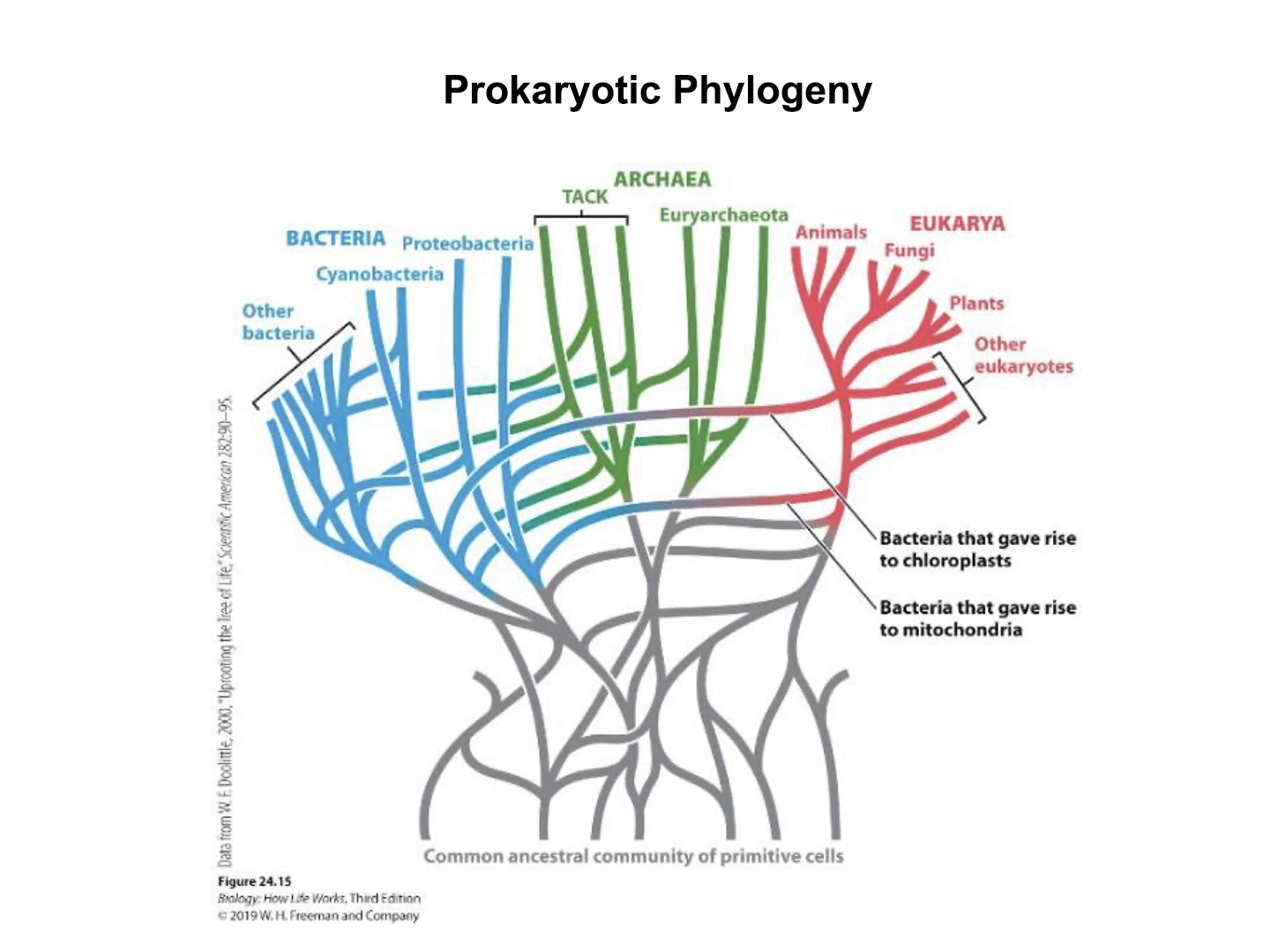

Fundamental Differences between PRO -karyotes and EU -karyotes.
Such compartmentalization dramatically enhances the organization of eukaryotic organisms, allowing them the cellular structure to grow much larger than most prokaryotic cells. Such organization, however, presents some major barriers to important cellular functions, like cell division, that need to be overcome, and necessitate a complete reorganization of the process of cellular reproduction.
Such compartmentalization, however, requires a whole new feature of cellular reproduction, including -but not exclusively, sex.
Systems of Cell Reproduction:
Four events need to occur before any given cell can undertake cell division.
A signal to "reproduce" must be received.
Replication of DNA and dupication (multiplication) of vital cell components must occur.
DNA must be distributed in to the new cells.
The cell membrane begins to separate and ultimately divide (along with a new cell wall in some organisms) into two new daughter cells.
How this process is brought about is well understood by biologists, but the precise signal(s) and ordered activities within the overall process are still the subject of intense research.
Prokaryotic cells divide by binary fission.
Cytokinesis, or cell partitioning, begins approximately 20 minutes after the circular chromosome duplication is completed.
A pinching of the plasma membrane to form a constricting ring initiates the separation of the the one cell into two, each with a complete chromosome. A tubulin-like fiber is involved in this purse-string constriction.
Eukaryotic cells divide by Mitosis or Meiosis
Prokaryotes generally have just one circular chromosome.
The singular molecule is packaged by folding in on itself with the aid of basic proteins that associate with the acidic DNA.
What is the function of this DNA?
Unlike prokaryotes, eukaryotic cells do not constantly divide whenever environmental conditions are adequate, although unicellular eukaryotes do so more often than the cells of multicellular organisms.
In higher, multicellular eukaryotes there is cellular development, in which cells differentiate into different types of cells, some of which, once formed rarely or never divide. For example: nerve cells and muscle cells in humans.
Signals to divide are related to the needs of the entire organism, not simply the opportunity created by resources.
Moreover, eukaryotes usually have multiple linear chromosomes within their nuclei, and thus, the replication of each chromosomal piece of DNA must be synchronized with each other, and must be appropriately apportioned into the newly divided, daughter cells.
Mitosis generates two cells with the same genetic information as the original cell.
Meiosis is a specialized cell division used for sexual reproduction. The genetic information of the chromosomes is shuffled, and the cells, called gametes, typically get one-half of the original DNA complement.
Interphase is the period between divisions of the cytoplasm.
Most cells have two major phases: interphase and mitosis, often referred to as the cell cycle.
Interphase consists of three sub-phases ...
G1 is Gap 1, the period just after mitosis and before the beginning of DNA synthesis.
Next is S (synthesis), which is the time when the cell's DNA is replicated.
G2 is the time after S and prior to mitosis.
A typical eukaryotic cell will spend most of its life in interphase. Nerve cells etc. lose the capacity to divide altogether and stay in interphase indefinitely. Other cells divide regularly, others occasionally.
Consequently, at a any given time the majority of cells in most tissues while a majority of the cells are in interphase, while only a few cells are undergoing mitosis.
Mitosis and cytokinesis are referred to as the "M phase".
The G1-to-S transition commits the cell to enter into another cell replication cycle.
The complexity of these different phases is further enhanced by the complexities of the eukaryotic genome itself.....(which, as I stated before, normally consists of more than one chromosome).
Apart from gametes, most eukaryotic cells (like ourselves) contain two full sets of genetic information, one from one parent, and one from the other. As such they are said to be diploid.
The number of chromosomes varies from organism to organism; for example, humans have 46 and horses have 64.
Each eukaryotic chromosome consists of a single, double-stranded molecule of DNA; the molecule is extremely long relative to the size of the cell.
As with the prokaryotes, DNA of a human cell is much larger than its nucleus, it has a total length of 2 meters, while the nucleus is just 5 mm in diameter.
Unlike prokaryotes, however, in eukaryotes there are many proteins which are associated with the DNA molecule, forming chromatin, which is a well organized complex of DNA wrapped around protein.
These wraps of DNA and histone proteins are called nucleosomes and resemble beads on a string.

The core of a nucleosome contains eight histone molecules, two each fom four of the histone classes.
There are 146 base pairs of DNA wrapped around the core, or 1.65 turns of DNA.
One molecule from the remaining histone class, histone H1, clamps the DNA to the core, and helps form the next level of packaging.
In addition to the histones around which the DNA is wrapped, many proteins are intimately associated with the strands of DNA (chromatin), and depending upon the phase of the cell cycle, the density of this packing can be quite variable.
While the DNA carries the genetic information, the proteins organize the DNA physically and regulate the activities of the DNA. Indeed, by mass, chromatin consists of about equal parts DNA and protein.
This makes it possible to get copies of the DNA and package it safely for it's transport into the two separate cells.
Without condensation of the chromatin, the various DNA strands would fail to properly partition into the two daughter cells.
After the DNA of a given chromosome has been replicated during S phase, that chromosome now consists of two joined chromatids, joined at a region called the centromere.
During mitosis and meiosis, the chromatin becomes even more coiled and condensed.
Mitosis: is a process that produces Exact Copies of Genetic Information mitosis_1.mov, whereby a single cell, gives rise to two genetically identical daughte cells, but more importantly, a single nucleus gives rise to two genetically identical nuclei, one for each of the two new daughter cells.
Mitosis is a continuous event, but it is convenient to look at it as a series of steps. Mitosis_step by step 2D



